The saint Manikkavaachagar was born in the village of Thiruvaadhavur (near Madurai) in Tamil Nadu around the 9th century A.D. He was bestowed this name for his gem-like words and captivating devotional verses.
Manikkavaachagar (often called ‘Manivaachagar’) served for a while as the minister to the Pandiyan King by name – Arimarthana Pandiyan. He was an efficient administrator but his heart was not in the affairs of the world and was focused on obtaining Lord Shiva’s grace only. He thus incurred the king’s anger on many occassions. Lord Shiva saved him from the wrath of the Pandiyan king on several occassions. It was on Manikkavaachagar’s behalf that Shiva unleashed flood in the Vaigai river when Manikkavachagar was punished by king Arimarthana Pandiyan and made to stand in the dry sands of Vaigai in the hot sun.
[wp_ad_camp_1]
Later, Shiva visited Madurai again to correct flood damage to the city. He chose to help an old woman by name Vanthi who had none to assist her to seal the river banks to stop future flooding (The king had ordered every householder to assist in this task). Lord Shiva took the form of a coolie laborer to help her and was whipped by the king Arimarthana Pandiyan for not working and idling casually! This famous incident is celebrated every year as the “Bittukku mann sumandha leelai’ (Manual labor in exchange for a sweet riceflour cake) on the Moolam star of the Aavani month (Shravan) (i.e., mid-august to mid-September). The whipping on Lord Shiva was felt by all people of the whole city just to reinforce faith in the city that Lord Shiva is everywhere and in every one’s heart. It also showed how much Shiva loved Manikkavachagar so as to endure this whipping. It was also a lesson to the king that Lord Shiva is the real master and ever present in all citizens’ souls and showed the king that he was merely human. This lesson was needed – as kings often became tyrants and used to harass devotees who lived a life with only God as their supreme master and not the king.
In a second incident, Lord Shiva transformed a set of jackals into attractive horses temporarily to save Manikkavaachagar from his imprisonment. It showed the extent that Lord Shiva was ready to influence Nature (temporarily, at least) to release His beloved devotee from jail by temporarily satisfying the king’s demand for horses through this event – celebrated as ‘Nariyai Pari Aakiya Leelai’ ( i.e., ‘Transformation of Jackals into Horses’). This was probably also to transform the king himself into His devotee later – by showing him that wealth and form were mere illusions.
Manikkavaachagar was not one of the sixty-three Nayanmars (the group of Shaivite saint devotees whose lives were spent serving Lord Shiva and who lived in Tamil Nadu). But he holds a unique place in the Shaivite world and occupies a place very adjacent to Lord Shiva and Devi Parvati. His work ‘Thiruvaachagam’ holds a special value in the world even today after a thousand years. The section in it called ‘Shivapuraanam’ is a well-recited work read devotedly even today around the globe. It is often said that if one’s heart cannot melt on reciting Thiruvaachagam, it will not melt for anything else.
Manikkavachagar also played a vital role in defeating the Buddhists and in removing Buddhism that was strongly influencing Tamil Nadu at that time. This tells us that the Lord was and still is indeed aware of political and religious changes prevalent all around threatening Shaivism or even the fundamental undoubted belief in Gods.
In the end, in order to ensure that Manikkavachagar’s work was not lost for ever to humanity, Lord Shiva Himself assumed the guise of a Brahmana scholar and by His Own Hands, wrote all verses of Thiruvaachagam as Manikkavachagar recited it to Him at Chidambaram. Soon after this, Manikkavaachagar was absorbed into the effulgent flames with Lord Shiva inside the Chidambaram Natarajar temple.
Author’s website: bharathkumark.simplesite.com
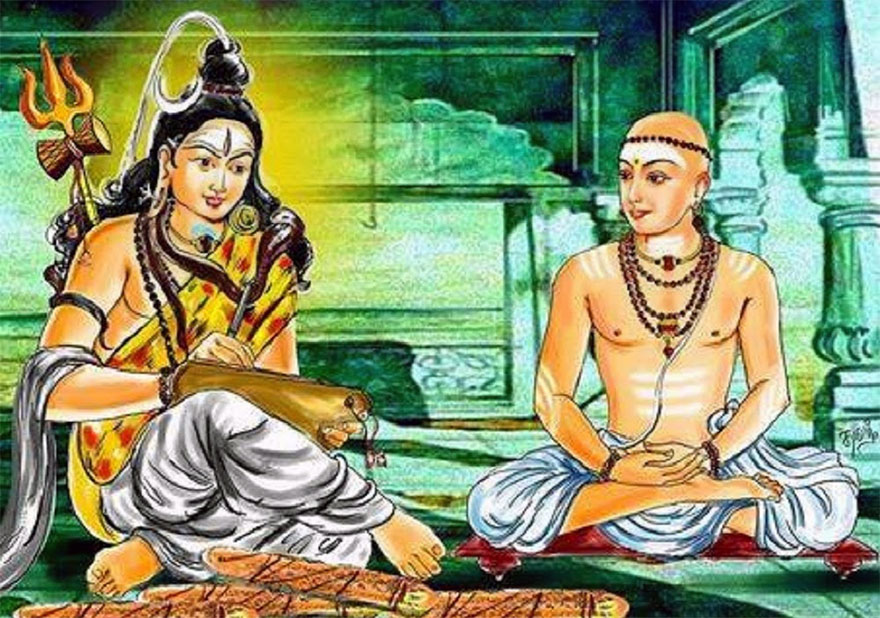
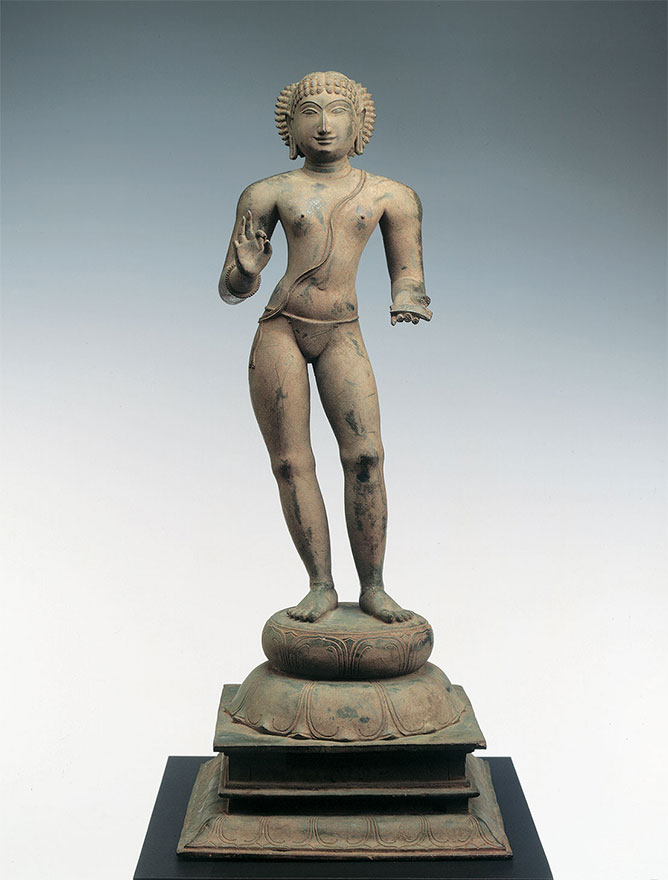
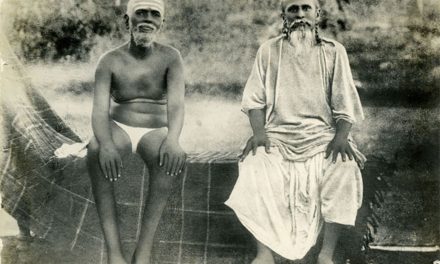
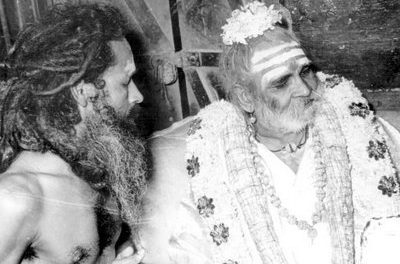

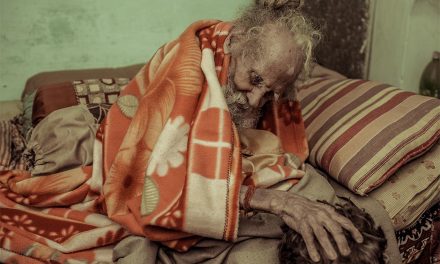









In search of Shiva in Kashi .
I DON’t inderstand the logic of providing security tp Vishwanadha mandir in kashi . When a lord of the entire universe needs human protectiion, who is going to protect them . It is not a satire of disrespect . I want an answer in all sincerity .
what i should do or read to increase my will power n remove all kind of fears.
Godlyness knows all langvages as all r its creation.
Super
Dear gunjan sir,
Reciting hanuman chalisa many times in a day with love in ur heart will remove fears quickly. Hope this helps.
Anonymous
How can I be a devotee of Lord Shiva?
I am in need original Sphatik mala, where to buy
I also want to know the procedure of wearing it,
I mean the count of beeds,
it should be kept in milk or water not in iron bowl etc
Jaisriram. Very interesting and astonishing.
Durga Saptashati removes all fears and obstacles in life….and will definitely increase will power and confidence to face life.
I am in need original Sphatik mala, where to buy
I also want to know the procedure of wearing it,
I mean the count of beeds,
it should be kept in milk or water not in iron bowl etc
involve the god in every task of your routine…be thank ful to him/her.
lord says…in kaliyuga…dont walk ahead of me…dont walk behind me…..just walk with me….and no fear can touch you…..
also…read shrimad bhagvad gita,,to remove fears
remember that the soul is immortal .you arethe soul,not this body.it is the body that perishes.with this knowledge,u can conquer all fear.do not indulge in pleasures of the senses and acts of greediness or hatred for others.love all creatures.respect life.surrender yourself completely to god.then u will haveno fear.always remember OM-the symbol of BRAHMA.it will make u fearless.
very interesting
JAI SHIV SHAMBHO!!!!! I wish to thank the Author of this post for giving us this PRACHIN value and giving us all the more reason to revisit and read the SHIVA MAHA PURAN more often. I love reading it and every time I read it again and again I keep finding something new of value to my life. May BHOLE BABA continue to bless you for keeping us informed through your knowledge. JAI MATA DEE!!!!!
Dear friend LUKE, in order to be a devotee of LORD SHIVA you don’t need anything but read the SHIVA MAHA PURAN and enlighten yourself with what it teaches and the with faith and conviction apply these teachings in your life a step at a time. Soon you will love doing it so much that I will learn from your learnings. SHAMBHOO KEE JAI!!!!! OM NAMAH SHIVAYE!
Dear Friends,
I am a student,desperately was searching of happiness, success etc etc. Without Gurus grace we are nothing but a small boat sailing directionless in this vast ocean. Hearing SrimadBaghavatha discourse with the explanation of a Guru will be the first baby step towards knowing the God. Baghavatha tatparya nirnaya by SriMadhvacharya is first among them.
good
Thanks all readers for appreciating article and blessings given. I pray God that all readers benefit from this article and similar articles on Glory of Lord Shiva.
Lord SHIVA is always powerful and great.
OM NAMAHA SHIVAY…….
PLEASE SAVE OUR DESI COWS AND BULLS ….. IT WILL BE A GREAT SERVICE TO OUR FARMERS AND LORD SHIVA…